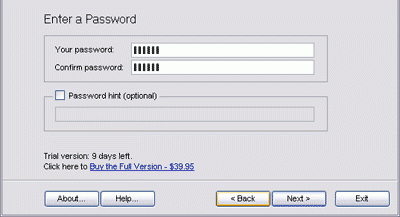
To use Folder Lock, first download and install the software on your computer. One example of such software is Folder Lock, which allows you to lock and encrypt files and folders on your computer with a password.

Using Third-Party SoftwareĪnother option for protecting an entire folder of workbooks is to use third-party software that offers folder protection. Enter and confirm your desired password, then click "OK". Next, open the newly created zip file and click on "File > Add a Password". This will create a new zip file with all of your selected workbooks inside. Then, right-click on them and select "Send To > Compressed (zipped) Folder". To create a password-protected zip file in Windows, first select all of the workbooks that you want to include in the zip file. This way, you only have to remember one password instead of multiple passwords for each individual workbook. If you have a lot of workbooks that you need to protect, one option is to put them all into a password-protected zip file. And yet another way is to use Microsoft's built-in security features.

Another way is to use a third-party software program that offers folder protection. One way is to use a password-protected zip file. There are a few different ways that you can protect an entire folder of workbooks in Excel.


 0 kommentar(er)
0 kommentar(er)
